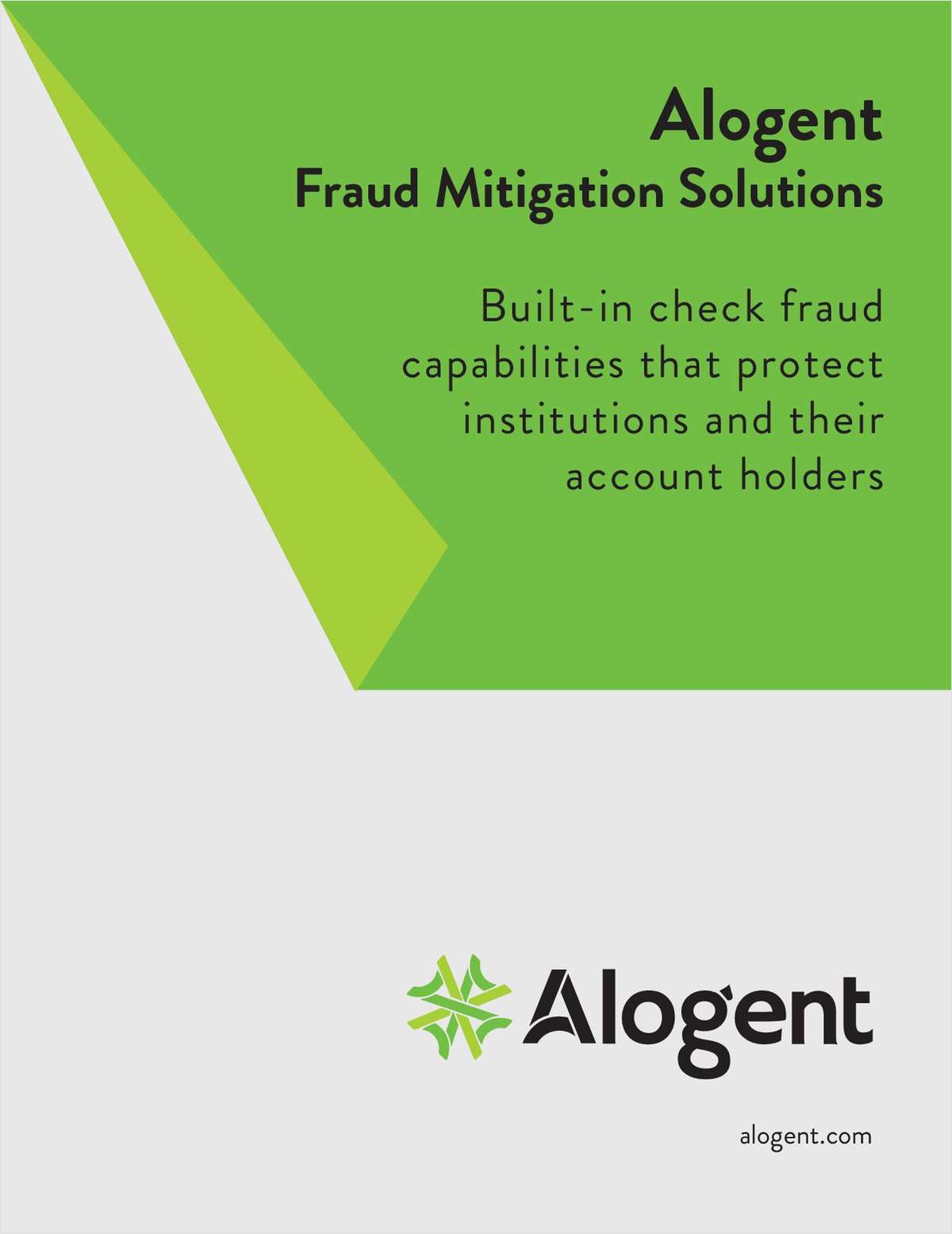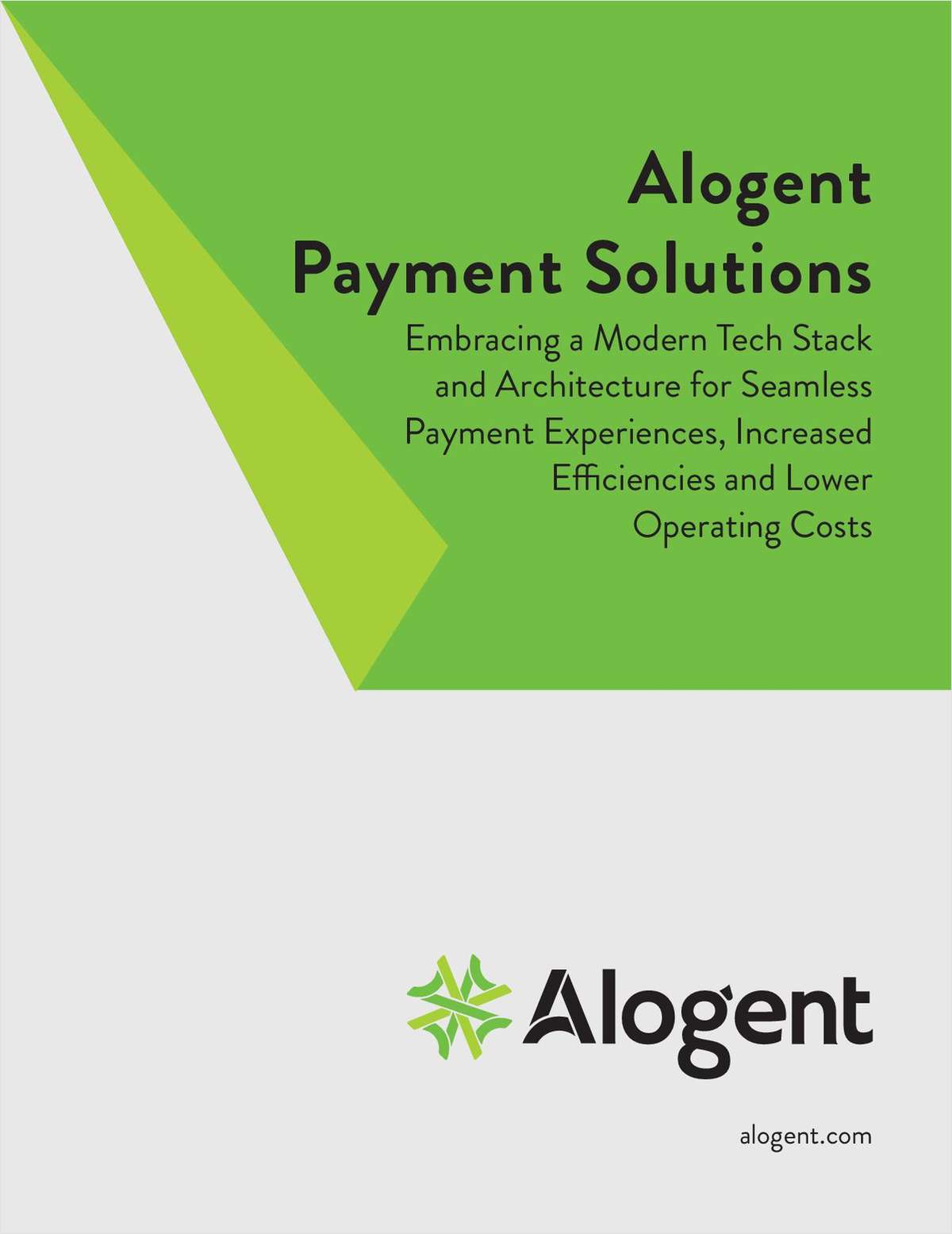WASHINGTON-While the NCUA Board was considering a number of items at its Dec. 18 meeting, NAFCU was at its annual meeting across the river with the Federal Reserve Board. NAFCU took full advantage of its 12th annual opportunity to share credit unions' point of view with top Fed officials. Federal Reserve Board Governor Donald Kohn hosted the meeting. “This year, more than other years, this governor was very engaging,” NAFCU Director of Research and Analysis Tun Wai said. Though Wai would not comment on remarks from Fed officials, he said he felt the meeting had a very positive tone. NAFCU's report to the Fed was no exception. “It's amazing how well credit unions have done,” NAFCU President and CEO Fred Becker commented. “When I came here, and I haven't been here that long, they all complained about the fact they couldn't get shares. Now they've had a tremendous inflow of shares. The concern of course is what happens when the shares start to flow out.” He also noted that credit unions need to prepare for rising interest rates in the coming year and indicated that many are going beyond the typical 300 basis point shock testing in their asset liability management strategies. NAFCU Staff Economist Jeff Taylor pointed out that the rate target plummeted from 6.5% to 1.5% in one year and that rates could go up just as quickly. Wai added that the real value of the meeting comes from the opportunity for credit unions to meet face-to-face with Fed officials, particularly as the users of many of the Fed's services. In NAFCU's report to the Fed, the trade association discovered that credit unions found the Fed's services “excellent;” on a scale of one to five-one being “excellent”-seven Fed services received a one and none scored below a two. Fed pricing was also considered to be “very competitive” to “competitive” by 71.1% of respondents to NAFCU's survey. Governor Kohn had also requested that NAFCU provide a backgrounder on credit unions' tax exemption. The trade association provided the usual `credit unions are member owned' response and explained that net worth is “the first line of defense” in the instance of credit union failure. If those funds are taxed, it could present a safety and soundness problem. NAFCU also highlighted that banks have complained of credit unions' competitive advantage from their tax-exempt status but data indicates that banks' portion of the market increased 1.2% between 1980 and 2002 while credit unions' growth was only 0.3% in the same time frame. NAFCU also discussed the effects of two Federal Reserve regulations on credit unions. First NAFCU recommended that the federal regulator “increase the transfer limitations (under Reg D) on savings accounts to an amount that is consistent with current usage of accounts at financial institutions.” The organization pointed out that many people are conducting their financial affairs by personal computer and that these are included in the six-transaction limit on savings accounts. While NAFCU was not opposed to having a limit, which is aimed at preventing evasions of the reserve requirements under the Federal Reserve Act, the group said an increase would be practical. Additionally, NAFCU said that the Federal Reserve should not include fees for bounce protection services under Reg Z (Truth-in-Lending). As such the fees would have to be reported as an APR, which would preclude credit unions from offering the accounts because of credit unions' 18% usury ceiling. Fed Consumer and Community Affairs Director Dolores Smith said that the regulator is considering addressing bounce protection programs under Truth-in-Savings rather than TILA. She said the problem is not with financial institutions but third parties that market the programs. While not reiterating its stance against private primary deposit insurance coverage, NAFCU did cite points from a recent General Accounting Office study of private insurance, which stated that the shares are overly concentrated in one large credit union (Patelco) and in certain states. It also found that the private insurer “may have limited ability to absorb catastrophic losses.” GAO's study also stated, “members of privately insured credit unions might not be adequately informed that their shares are not federally insured.” Finally, NAFCU underscored all the work credit unions do to serve the underserved and low-and moderate-income people. By the end of 2003, the report said, credit unions are projected to have adopted 300 underserved areas which is down slightly from the previous year. Those 300 areas are expected to bring the opportunity for credit union membership to 23 million people, down a bit from the 23.6 million potential members added through the adoption of underserved areas last year. NAFCU also highlighted that many credit unions offer special mortgage programs for first-time homebuyers or members with irregular incomes or limited downpayment funds. Additionally, some credit unions offer emergency loans that lure consumers away from payday lenders and pawnbrokers. In addition to Kohn and Smith, other Fed staff, including Deputy Secretary Robert Frierson, Staff Director Stephen R. Malphrus, Assistant Director Wayne Passmore, Director of Monetary Affairs Vincent R. Reinhart (also secretary and economist of the Federal Open Market Committee), Director of Research and Statistics Division and Economist for Federal Open Market Committee David Stockton, spent more than an hour with NAFCU representatives. Attending the meeting from NAFCU were Becker, Executive Vice President Diane Swenson, and Senior Vice President and General Counsel Bill Donovan, among others. [email protected]
Complete your profile to continue reading and get FREE access to CUTimes.com, part of your ALM digital membership.
Your access to unlimited CUTimes.com content isn’t changing.
Once you are an ALM digital member, you’ll receive:
- Breaking credit union news and analysis, on-site and via our newsletters and custom alerts
- Weekly Shared Accounts podcast featuring exclusive interviews with industry leaders
- Educational webcasts, white papers, and ebooks from industry thought leaders
- Critical coverage of the commercial real estate and financial advisory markets on our other ALM sites, GlobeSt.com and ThinkAdvisor.com
Already have an account? Sign In Now
© 2024 ALM Global, LLC, All Rights Reserved. Request academic re-use from www.copyright.com. All other uses, submit a request to [email protected]. For more information visit Asset & Logo Licensing.









